SUMMARY
This is AI generated summarization, which may have errors. For context, always refer to the full article.
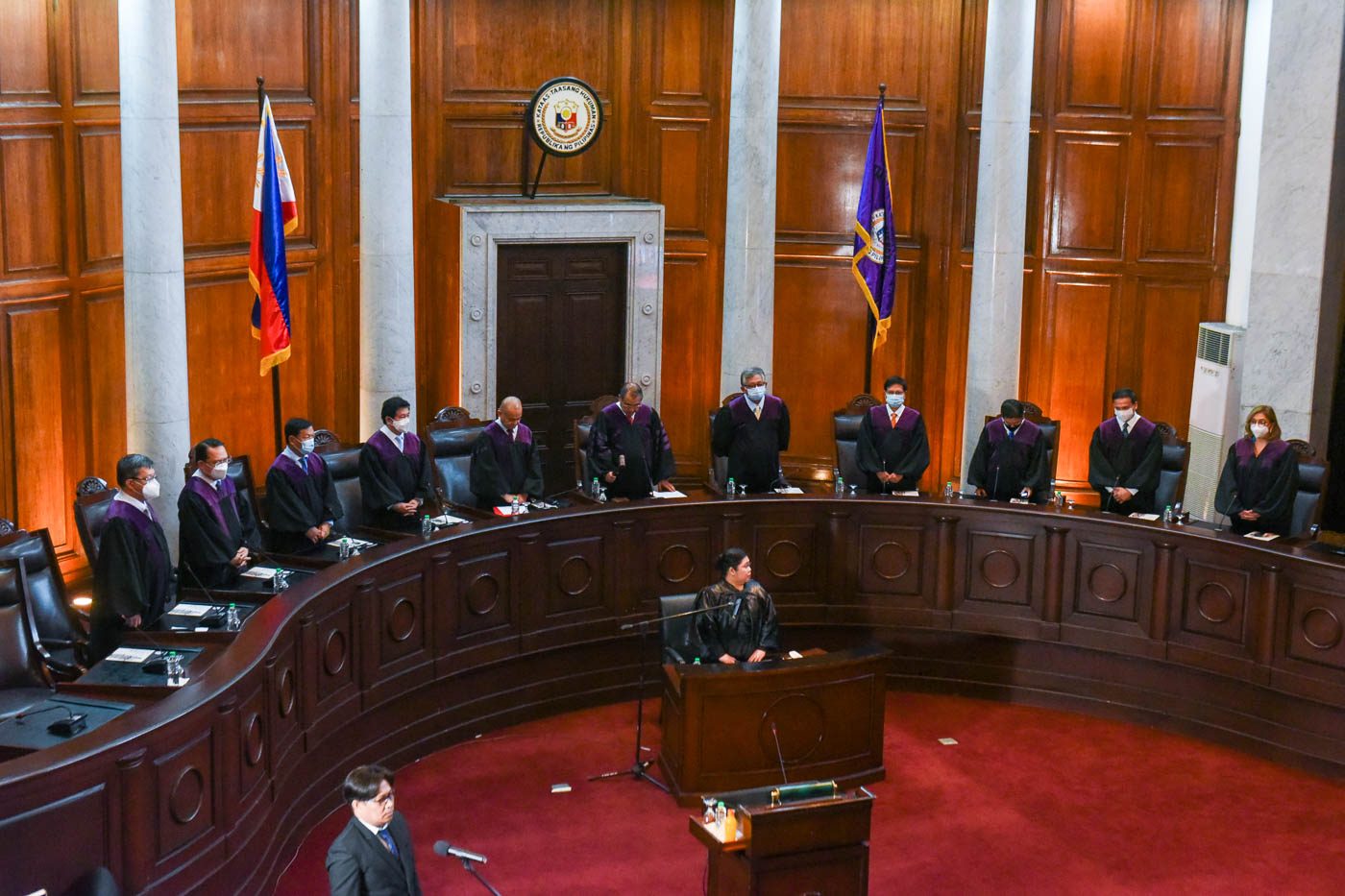
MANILA, Philippines – The Supreme Court (SC) recently acquitted a broadcast journalist of libel charges filed by Cebu Governor Gwendolyn Garcia.
The 18-page decision by the High Court’s Third Division acquitted broadcaster Leo Lastimosa after the court granted his petition for review on certiorari. The legal remedy is used to challenge a ruling of a court.
“WHEREFORE, in view of the foregoing, the Petition for Review on Certiorari is hereby GRANTED. The Decision dated July 27, 2016 and Resolution dated August 2, 2017 of the Court of Appeals in CA-G.R. CEBCR No. 02233 are hereby REVERSED and SET ASIDE. Accordingly, petitioner Leo A. Lastimosa is ACQUITTED of the crime charged. Let entry of judgment be issued immediately,” the decision read.
Associate Justice Alfredo Benjamin Caguioa, the court’s division chairperson, penned the ruling. Associate Justices Henri Jean Paul Inting, Samuel Gaerlan, and Maria Filomena Singh concurred in the ruling, while Associate Justice Japar Dimaampao was on leave.
The ruling
In the decision uploaded only on April 3, but promulgated on December 5, 2022, the High Court explained each of the elements of libel.
Discussing the element of defamation, the SC said the article “Si Doling Kawatan,” written by Lastimosa is “indeed defamatory.” The High Court explained that the character “Doling” was described in the article as “abrasive,” “cruel,” “arrogant,” and “a thief. Thus, the article was defamatory, said the SC.
On the element of malice, the SC said it found that the said element was present “as the law presumes malice because of the defamatory nature of the imputation.” The article in question discussed Doling’s treatment of her neighbors, how she instilled fear in the community – and not her public life.
With this, malice was present due to the defamatory nature of the story. The requirement of publicity, another element, is undeniably present and the accused did not deny writing or publishing the article, said the High Court.
However the other element – identifiability of the victim – was not established, according to the SC. This is contrary to the lower court and Court of Appeal’s (CA) ruling that all the elements of libel were present in the case.
“The rule is that “[i]n order to maintain a libel suit, it is essential that the victim be identifiable although it is not necessary that he be named,” the ruling read.
According to the High Court, the element of identifiability can be easily complied with when the victims’ names are explicitly mentioned in the story in question. But in some cases, a libel case may prosper “if by intrinsic reference the allusion is apparent” or if the story contains “description or reference to facts and
circumstances from which others reading the article may know the plaintiff was intended.”
The SC said in affirming Lastimosa’s conviction, the appellate court relied on the testimony of Glenn Baricuatro, a witness. Through his testimony, the supposed link between Doling and Garcia was established. But, the said witness later admitted he had no information on the “facts” that link “Doling” to the Cebu governor.
In addition, the High Court said none of the witnesses was able to confirm that Doling refers to Garcia.
“To repeat, there is no third person who was presented that established beyond reasonable doubt that ‘Doling’ and Garcia are the same person,” the SC said in the ruling.
“Neither do Lastimosa’s previous articles sufficiently establish the said fact, for they are not the articles subject of this libel case, and it does not necessarily follow that because he had previously written about Garcia that the latter would automatically be the subject of the article in question.”
What happened before
Based on the prosecution’s information, Lastimosa “had been a constant and vocal critic” of Garcia, so several libel cases were lodged against the journalist. In its position, the prosecution insisted that Lastimosa’s article titled “Si Doling Kawatan” was pertaining to Garcia “to tarnish” her reputation as a public official, “and as a Cebuana woman, mother, and grandmother.”
The prosecution presented the following witnesses: Baricuatro, lawyer Pacheco Seares, and Garcia herself.
In a decision dated August 30, 2013, the Cebu City Regional Trial Court (RTC) Branch 14 convicted Lastimosa of libel after he was found guilty beyond reasonable doubt. The Cebu City RTC Branch 14 ordered the journalist to pay a fine of P6,000 with subsidiary imprisonment in case of insolvency. Aside from that, Lastimosa was also ordered to pay Garcia P2 million in moral damages.
The Cebu City RTC Branch 14, in convicting Lastimosa, said all the elements of libel have been established by the prosecution beyond reasonable doubt.
Lastimosa appealed his conviction before the CA, but suffered another loss. The CA affirmed his conviction in a decision dated July 27, 2016, but lowered the P2 million fine for moral damages to P500,000.
The broadcaster sought reconsideration before the appellate court, but the CA denied his motion for reconsideration in a resolution dated August 2, 2017. Like the RTC, the CA said the prosecution was able to establish all the elements of libel.
His loss in the CA prompted Lastimosa to bring the case to the court of last resort. – Rappler.com
1 comment
How does this make you feel?
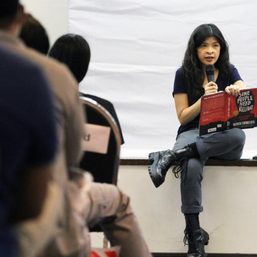

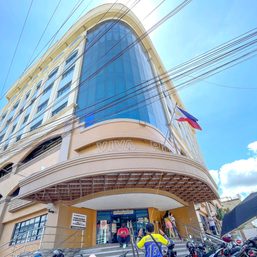



![[ANALYSIS] Decriminalizing libel](https://www.rappler.com/tachyon/2024/01/TL-libel-jan-4-2024.jpg?resize=257%2C257&crop=273px%2C0px%2C720px%2C720px)

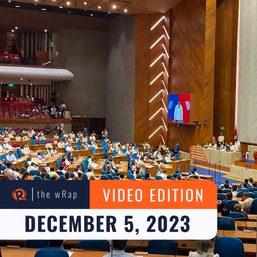

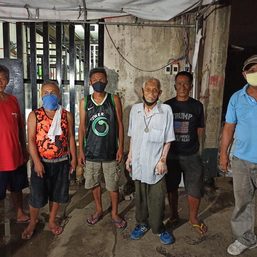

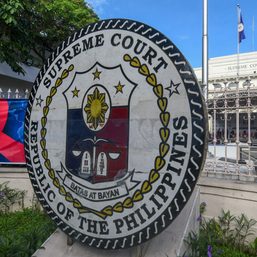
In the USA the libel laws are extremely favorable to the press. I may be biased since my education was in journalism but I believe this is good for democracy. The standard here is according to a seminal US supreme court ruling “profound national commitment to the principle that debate on public issues should be uninhibited, robust and wide-open, and that it may well include vehement, caustic and sometimes unpleasantly sharp attack on government and public officials.”In most cases it works because there are so many different points of view to be heard.